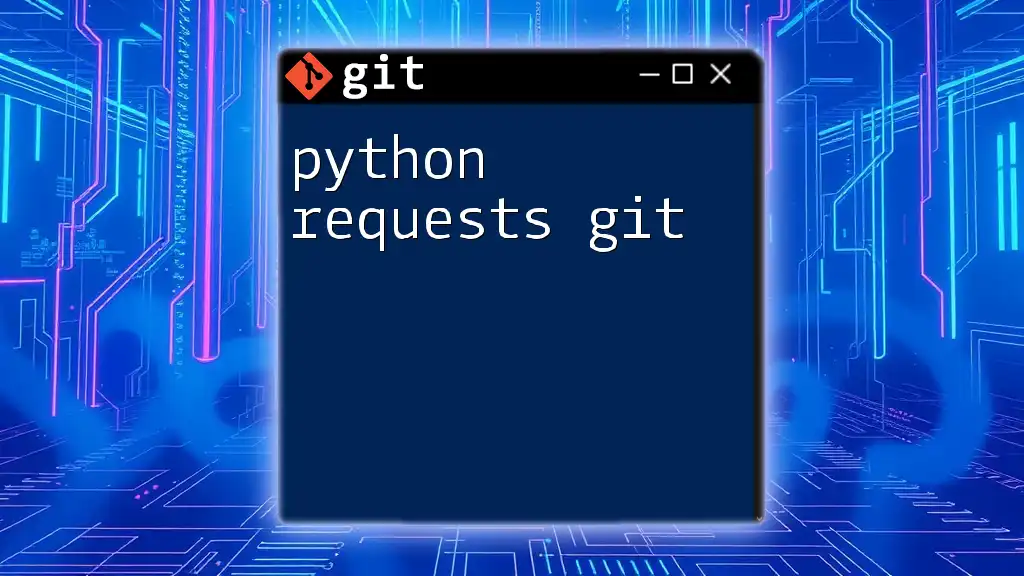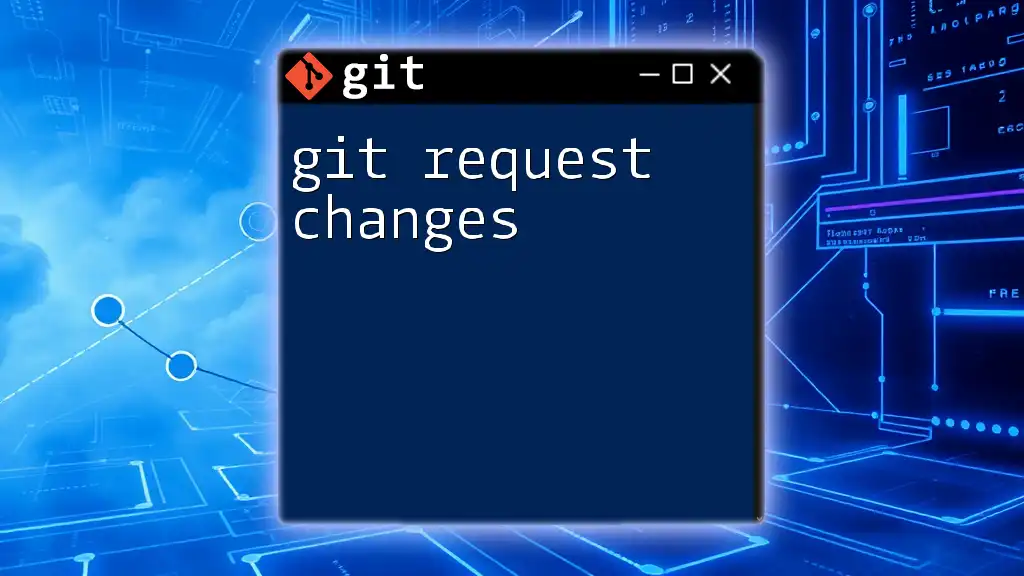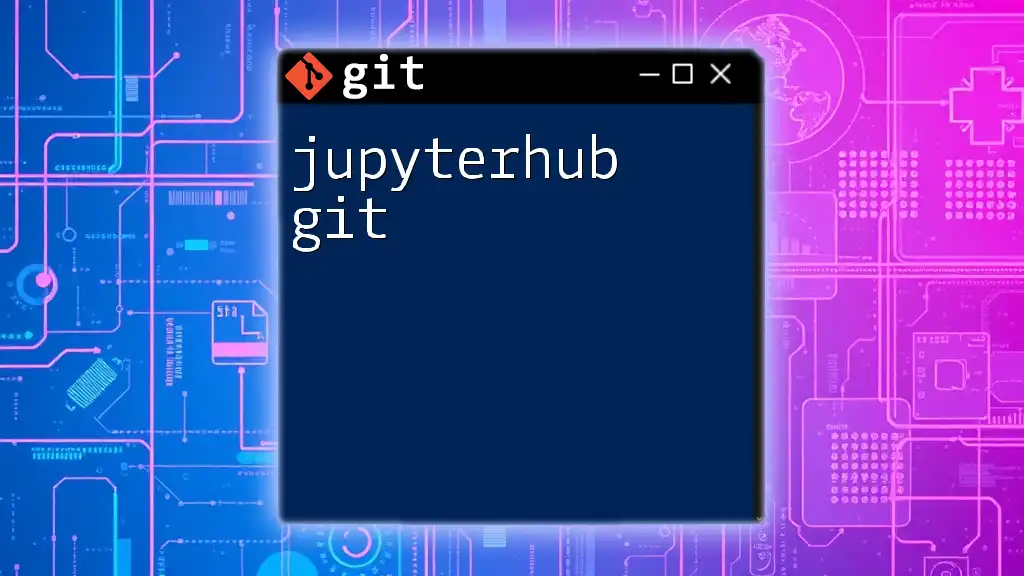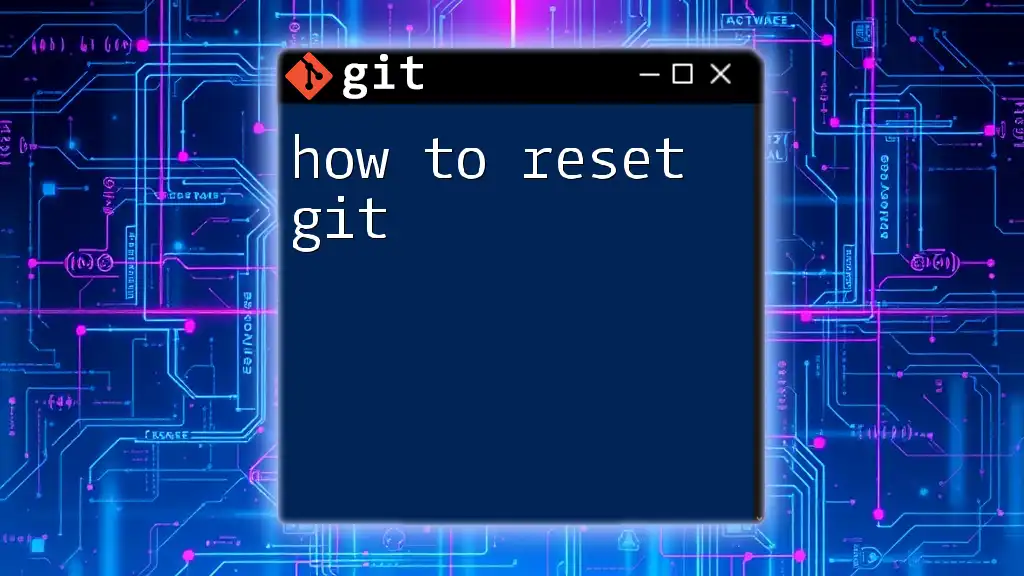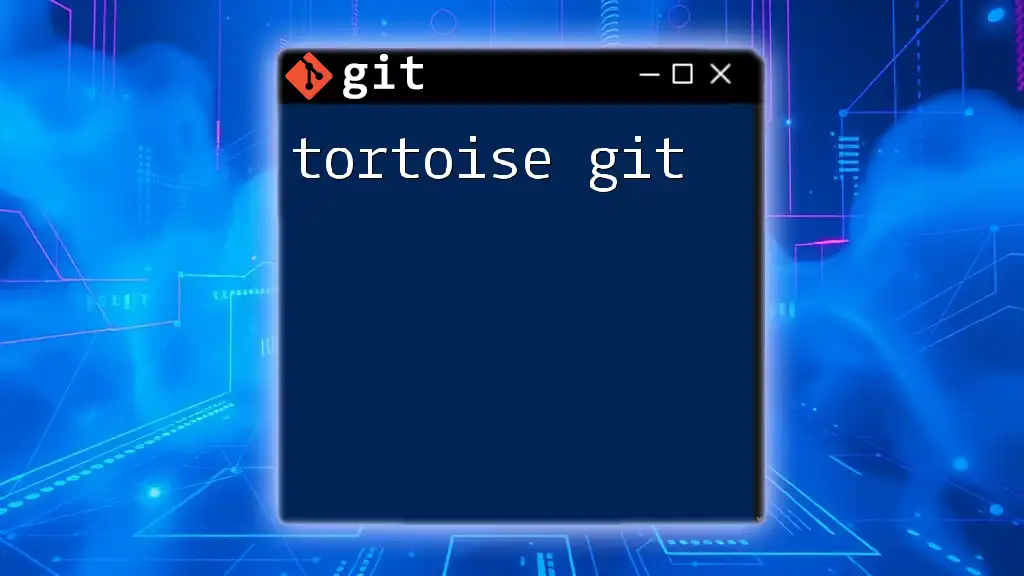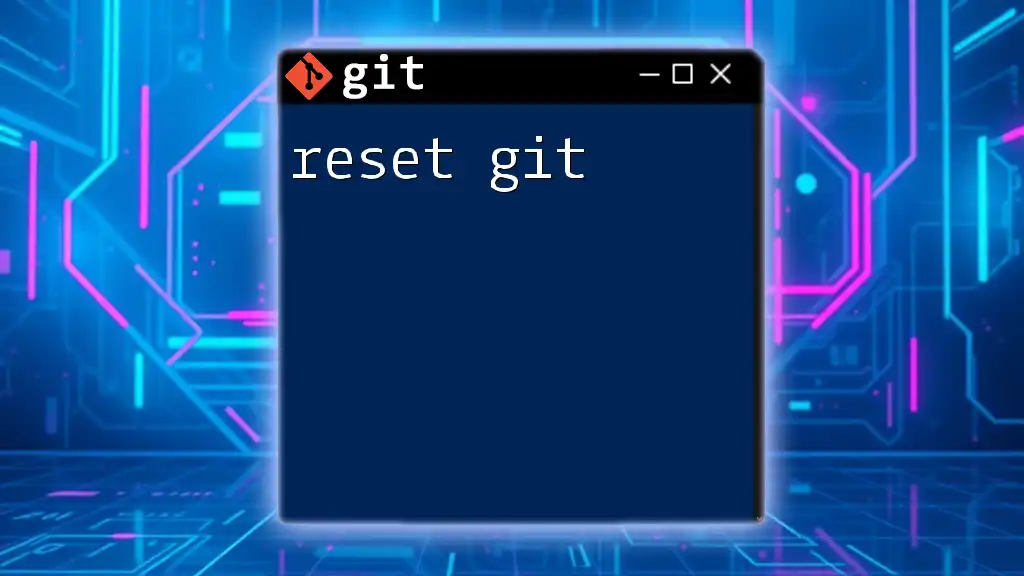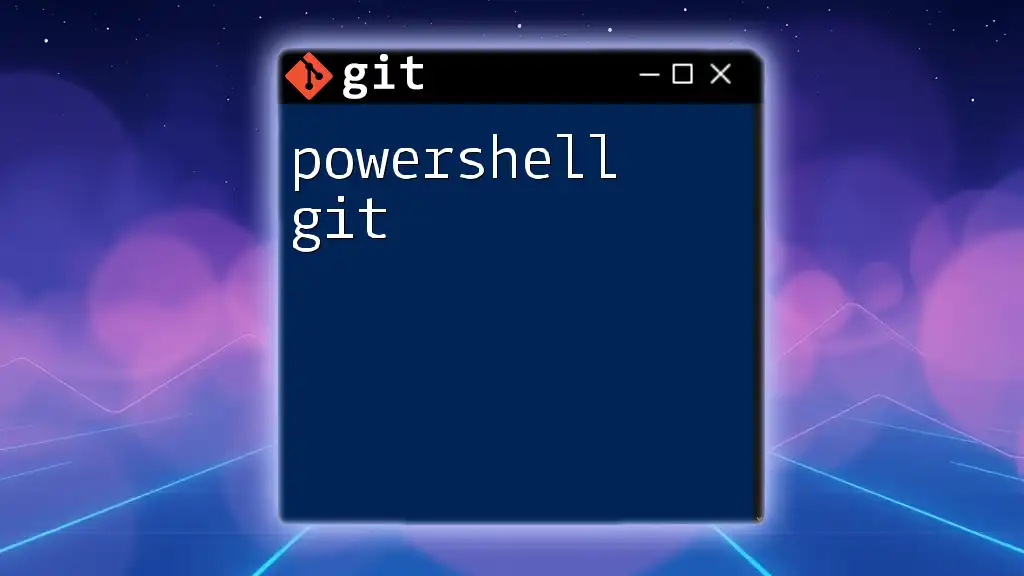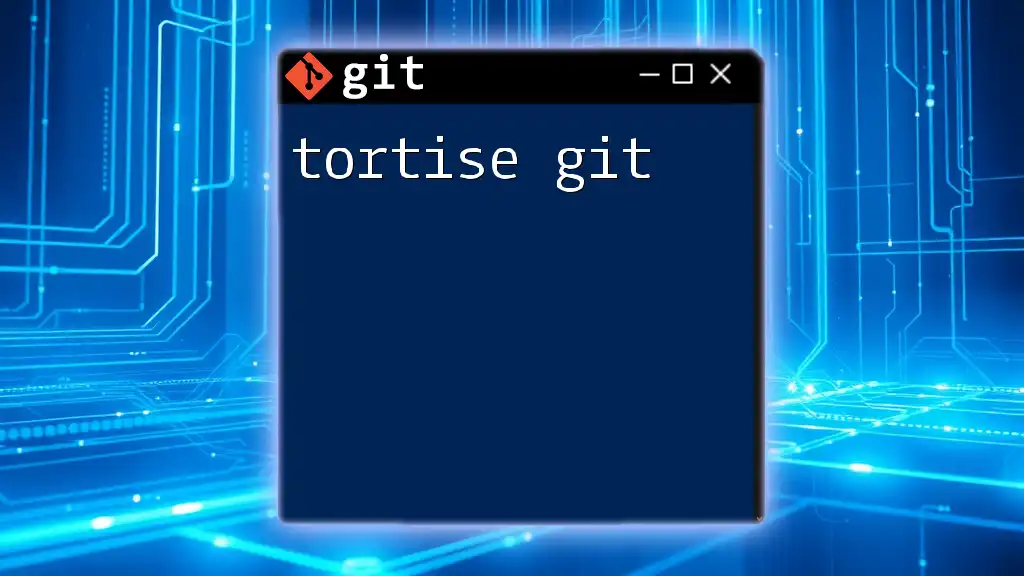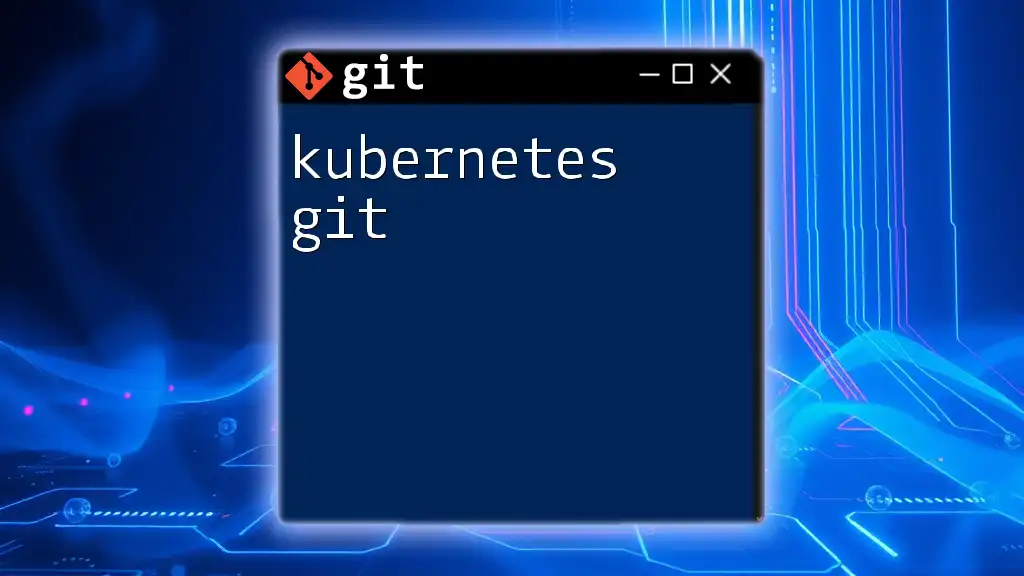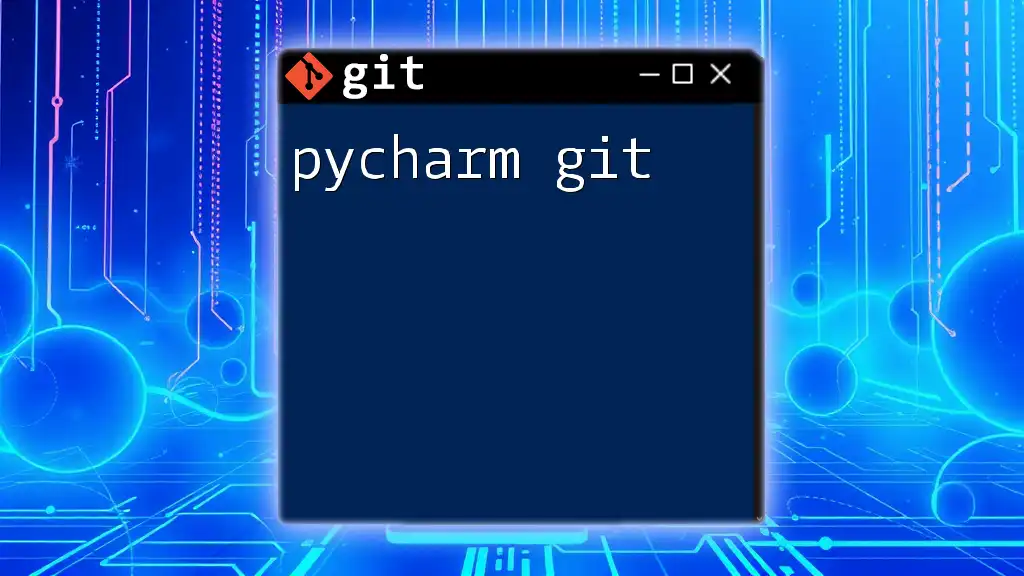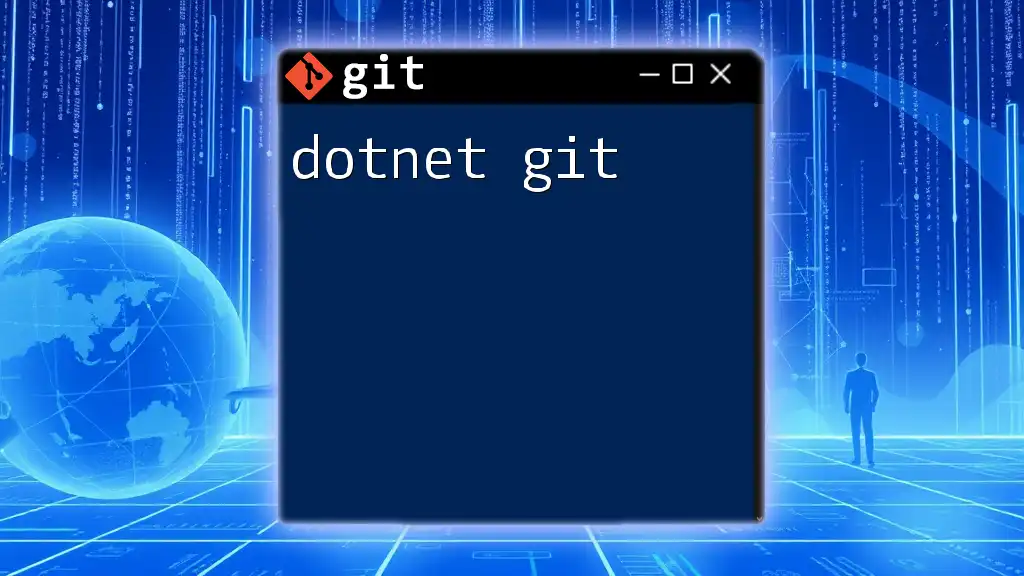The "python requests git" topic refers to using the `requests` library in Python to interact with Git repositories, typically for retrieving or sending data to a Git API.
Here's a code snippet for making a GET request to a GitHub repository API using Python's `requests` library:
import requests
response = requests.get("https://api.github.com/repos/username/repository")
data = response.json()
print(data)
Understanding Git Basics
What is Git?
Git is a distributed version control system that allows developers to track changes in their code, collaborate with others, and manage their project history efficiently. Its key features include branching, merging, and the ability to handle multiple versions of a project seamlessly. The significance of Git in modern development workflows lies in its capability to facilitate collaboration among team members, ensure reproducibility of code, and provide a robust way to manage project evolution over time.
Setting Up Git
To get started with Git, installation is the first step. Here’s how you can install Git on various operating systems:
- Windows: Download the installer from the [official Git website](https://git-scm.com/) and follow the installation instructions.
- macOS: Use Homebrew by running the command `brew install git`.
- Linux: Use your package manager, for example, `sudo apt-get install git` for Ubuntu.
Once installed, you can create a Git repository by navigating to your project directory and using:
git init
If you want to clone an existing repository, the command would be:
git clone <repository-url>
Essential Git Commands
Understanding the core commands in Git is crucial for leveraging its capabilities effectively.
-
Adding Changes: Use `git add <file>` to stage changes you want to include in your next commit. To stage all changes, use `git add .`.
-
Committing Changes: To save your changes, you’ll use `git commit -m "Your commit message"`. This command creates a snapshot of your staging area.
-
Viewing History: Track your project’s history using `git log`. It displays the commit history, including commit messages, dates, and unique identifiers.
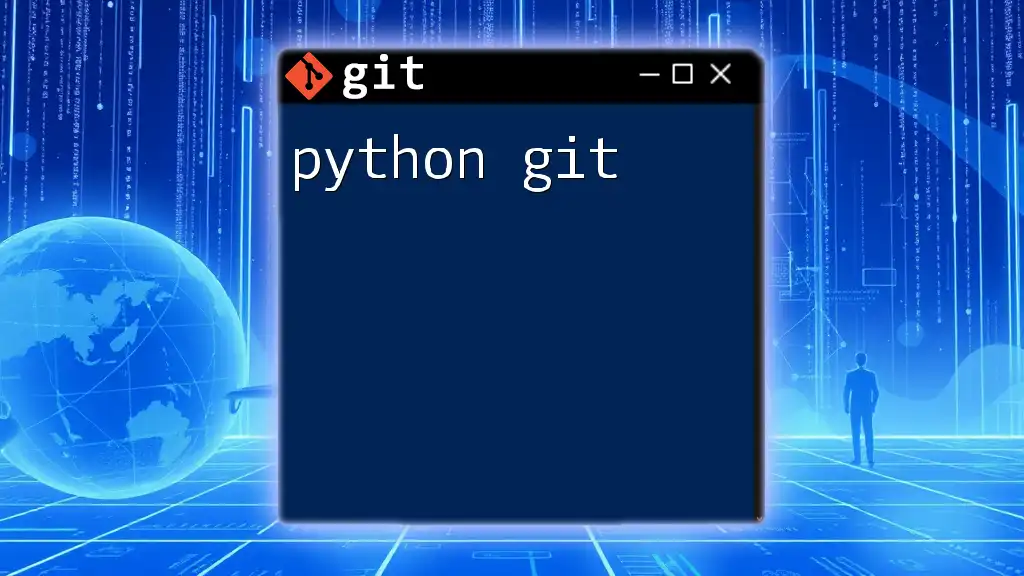
Introduction to Python Requests
What is the Requests Library?
The Requests library is a popular Python package that simplifies making HTTP requests, providing a user-friendly interface to interact with web services. Its advantages include ease of use, readability, and built-in handling of various HTTP methods like GET, POST, PUT, and DELETE. When you need to communicate with a RESTful API, Requests makes it straightforward to send requests and manage responses.
Installation of Requests
To start using the Requests library, install it via pip:
pip install requests
To verify the installation, you can run:
python -c "import requests; print(requests.__version__)"
Basic Usage of Requests
Making a simple GET request is as effortless as:
import requests
response = requests.get('https://api.example.com/data')
print(response.json())
This code initiates a HTTP GET request to the specified URL and prints the response data, typically in JSON format.
Handling Response Data
When you make requests, responses can take different forms. The key is to understand how to work with these data formats. If the response is in JSON format, you can convert it into a Python dictionary using the `.json()` method. For example:
data = response.json()
print(data['key']) # Accessing a specific key in the JSON data
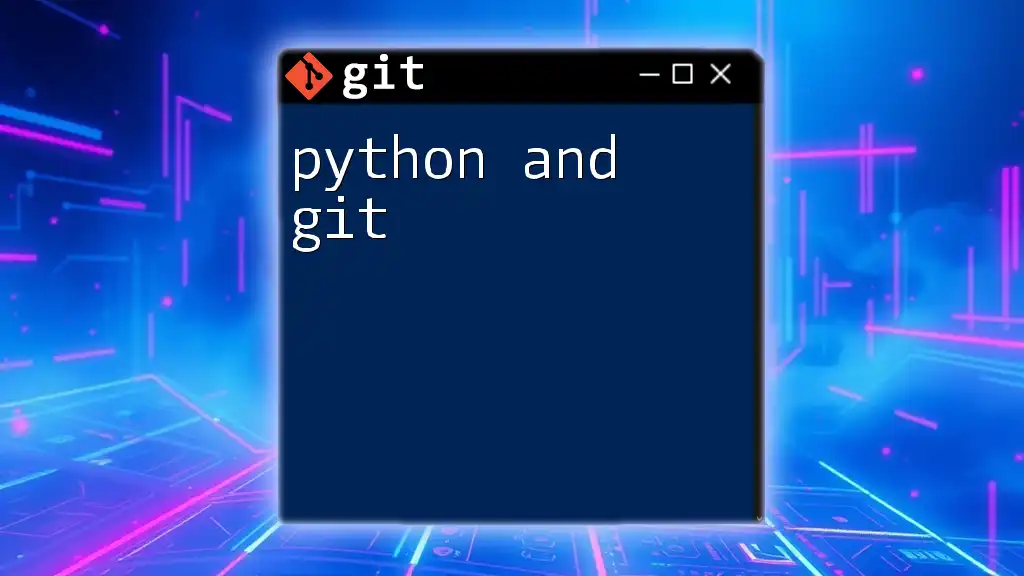
Integrating Git with Python Requests
Version Control of API Scripts
As you develop scripts that utilize the Requests library, integrating Git becomes essential. It allows you to keep track of changes, manage versions, and collaborate with others without losing your previous work.
Setting Up a Git Repository for Your Python Project
To create a Git repository for your Python project, navigate to your project directory and run:
git init
To avoid committing unnecessary files, create a `.gitignore` file and include patterns to exclude. For instance, to ignore cache files, add:
__pycache__/
Once your project is prepared, stage and commit your initial files:
git add .
git commit -m "Initial commit"
Committing Changes in Your Requests Application
As your API scripts evolve, it’s essential to commit your changes frequently for version control. Here’s how you might enhance your script:
- The First Version: Execute a basic GET request.
- The Second Version: Introduce error handling to manage failed requests.
Here’s how the updated script could look:
try:
response = requests.get('https://api.example.com/data')
response.raise_for_status() # Raises an HTTPError for bad responses
except requests.exceptions.RequestException as e:
print(f"An error occurred: {e}")
This adds robustness to your script and facilitates debugging by managing exceptions.
Utilizing Branching for Features
To add new features without disrupting your main project, leveraging Git’s branching capabilities is advisable. For example, if you want to create a new feature for handling POST requests, you can:
git checkout -b add-post-functionality
Then, implement the POST request example below:
response = requests.post('https://api.example.com/data', json={'key': 'value'})
print(response.json())
Once your feature is tested and complete, merge the branch back into your main branch to incorporate the changes.
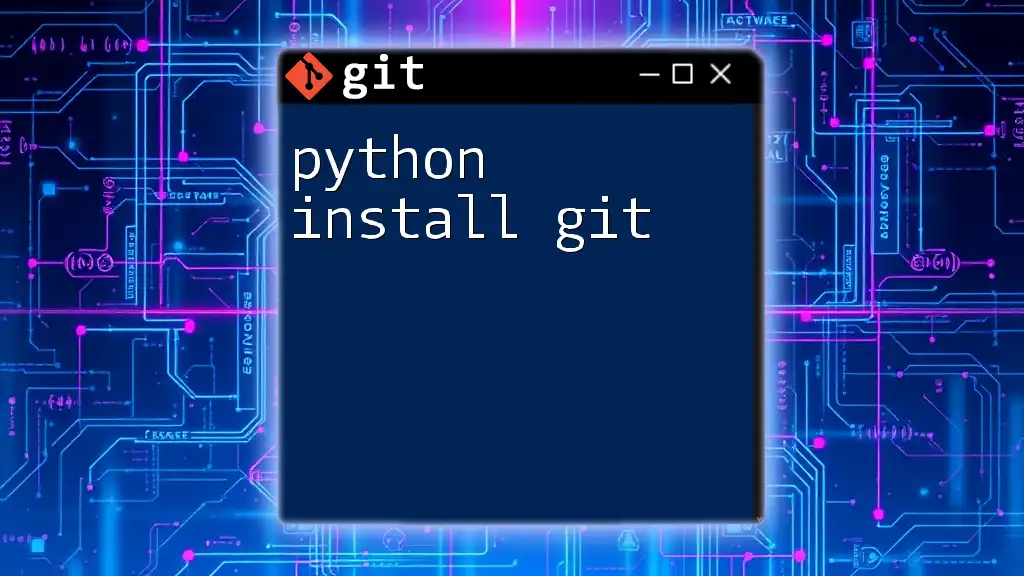
Advanced Requests Techniques with Git
Using Git to Track Dependencies
It’s crucial to track the dependencies of your project to ensure that others can replicate your environment. Use the following command to save your current packages and their versions in a `requirements.txt` file:
pip freeze > requirements.txt
This allows your collaborators to recreate the same setup using:
pip install -r requirements.txt
Collaborating on Requests Projects using Git
Effective collaboration requires clear communication among team members. Using Git, you can create pull requests to solicit reviews of code changes. Once reviewed and approved, changes can be merged into the main codebase, ensuring quality and consistency.
Common Errors and Debugging
When using Requests with Git, you may encounter common errors, such as issues with network connectivity or incorrect URL endpoints. If something breaks after a change, you can revert to a previous working state with:
git checkout -- script.py
This command allows you to discard recent changes and restore the last committed version of your script.
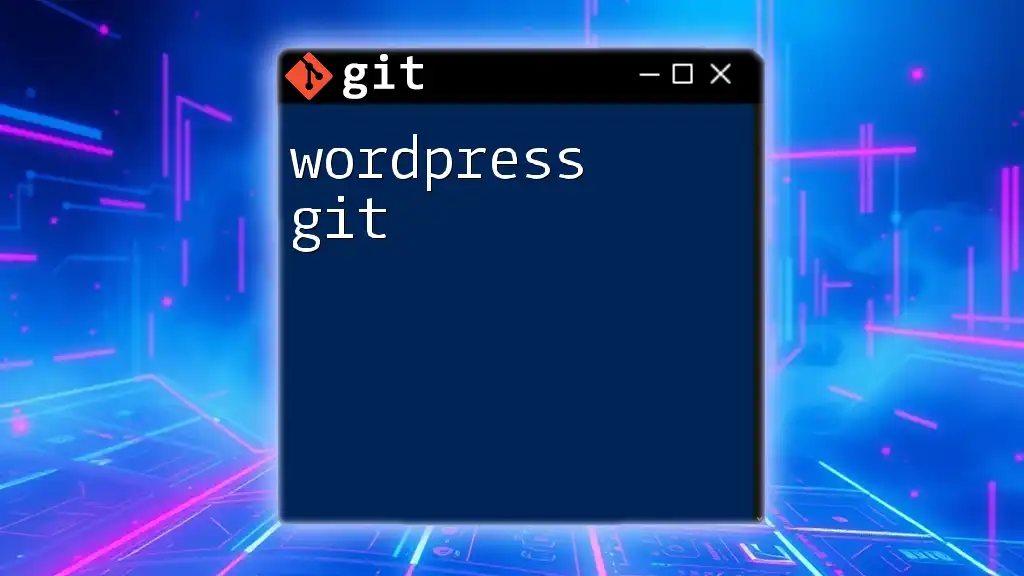
Best Practices for Using Git with Python Requests
Incorporating best practices into your development process enhances project maintainability and collaboration. Here are some effective strategies:
- Commit Often: Regular commits help you track the evolution of your script and ensure recovery options.
- Meaningful Commit Messages: Write concise but descriptive messages in your commits to inform collaborators of changes.
- Branch for Features: Always create branches for new features or bug fixes before implementing changes. This approach keeps the main branch stable.
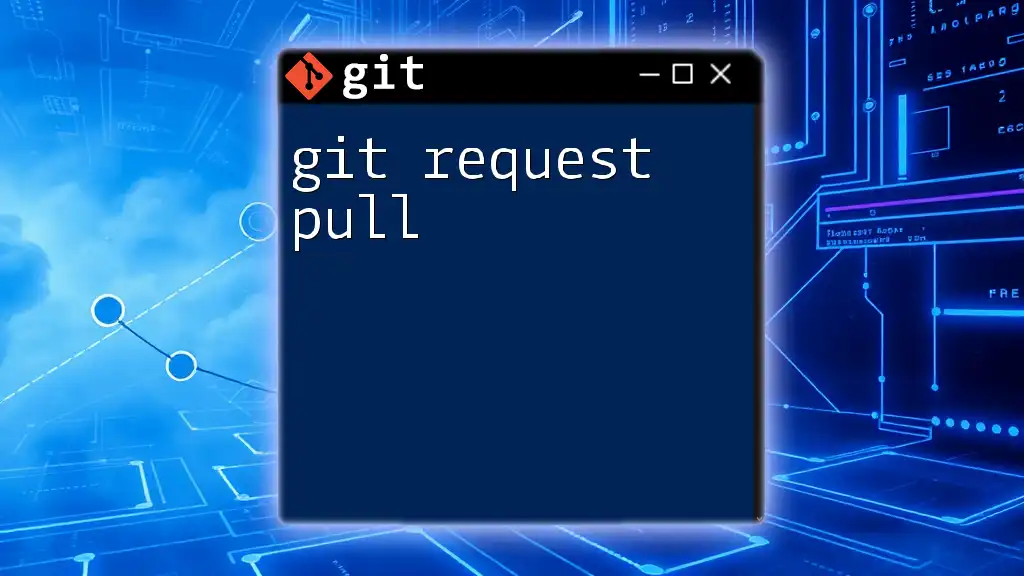
Conclusion
Integrating Git and Python Requests offers a powerful toolkit for managing API projects and version control. By applying the practices discussed in this guide, you can enhance your development workflow, improve collaboration, and maintain an organized codebase. Embrace Git in all your programming projects to benefit from a structured and efficient approach to development.
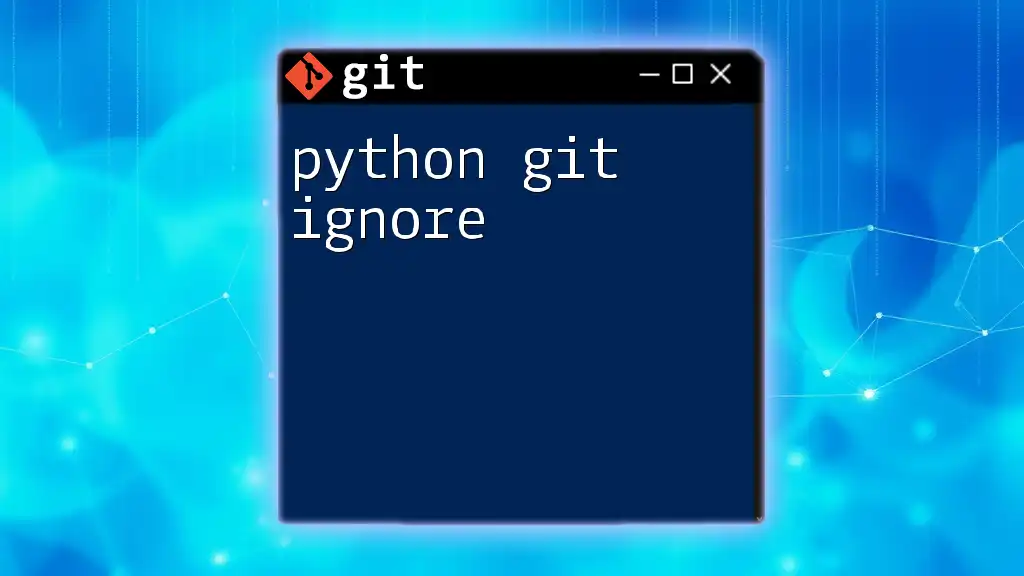
Call to Action
I invite you to share your experiences using Python Requests and Git in your projects. If you have tips or best practices, please leave a comment. Don’t forget to subscribe for future articles on programming best practices and version control tools!

